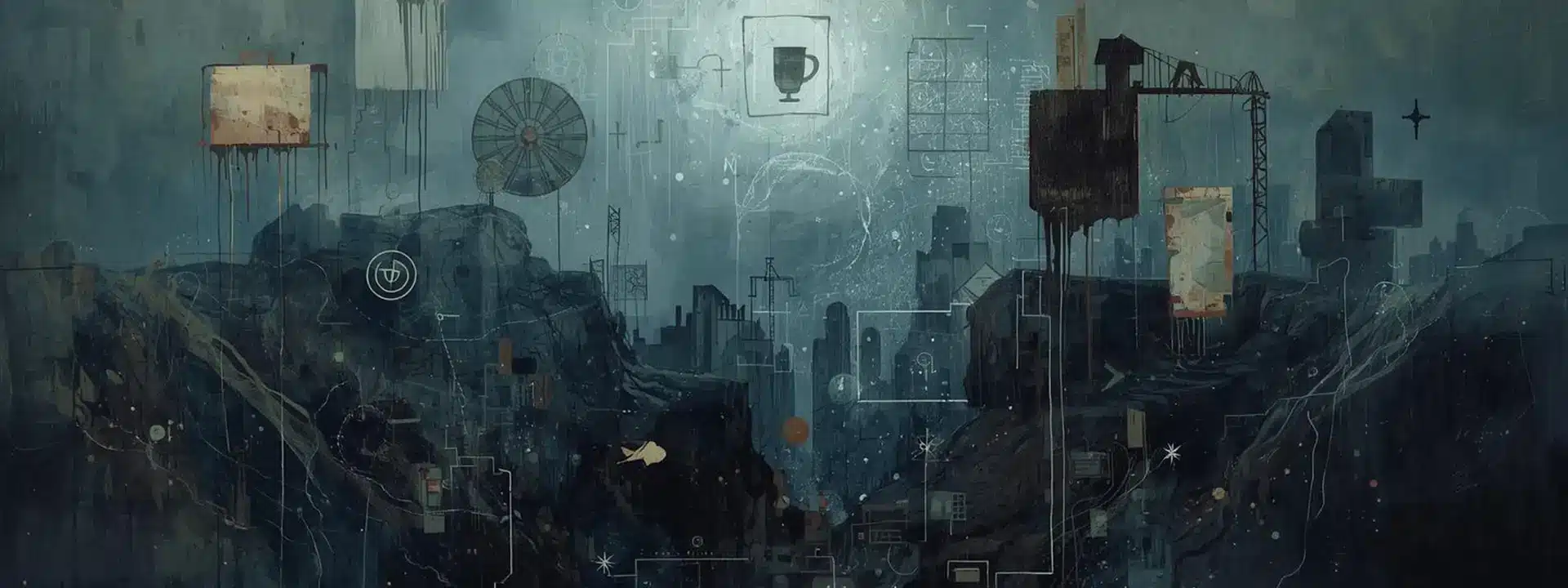What Is Dialectical Behavioral Therapy?
Dialectical Behavioral Therapy (DBT) is an evidence-based therapeutic methodology often used in California to treat borderline personality disorder (BPD). Still, it is also valuable for treating substance use, PTSD, depression, and eating disorders.
California residents can access many DBT residential treatment centers. California Rehab Campus is one of the best rehab treatment center, offering a scientific-based holistic methodology that gets to the root of the issue, focusing on the client as a whole person, not just their mental health disorder.
Dialectical Behavioral Therapy (DBT) is a type of psychotherapy that was first developed in the 1970s, and it is the first type of psychotherapy to incorporate mindfulness and other practices from Zen Buddhism.
DBT is based on the same principles as cognitive behavioral therapy. It focuses on teaching people to accept their thoughts, feelings, and behaviors and then learn to change them when they are no longer giving positive results.
Emotional regulation is also taught, and interpersonal relationships are emphasized, teaching how to communicate effectively and meet their needs. Patients also learn techniques to stay in the moment and distress tolerance skills to make life easier even when things feel out of control.
The Key Benefits of DBT
The major benefits of DBT include:
- Learning to transform destructive behaviors into positive outcomes.
- Reducing stress and anxiety.
- Building self-management and emotional regulation skills.
- Learning how to practice mindfulness for a greater overall sense of well-being.
- Thoughts of self-harm and trauma are reduced.
- Improving communication skills to get what you need.
- Improving connection and relationships with others.
- Gaining a sense of control over life.
How Effective Is DBT?
Before you sign up for a DBT therapy session, you will likely want to ask, “How effective is DBT?” Of course, each person has a unique experience when it comes to therapy, and not every modality will work for everyone.
That said, DBT has a proven track record for people with borderline personality disorder and other emotional regulation issues. It is an evidence-based (scientific) method of addiction treatment provided by mental health professionals who are knowledgeable and understanding. Regardless of age, gender, race, and ethnicity, DBT can reduce symptoms and help patients manage them, with over 75% of patients no longer meeting the criteria for BPD after one year of DBT therapy.

Core DBT Therapy Techniques
The core DBT therapy techniques are:
- Mindfulness: Focusing on the present rather than ruminating over past events.
- Distress tolerance: Learning coping methods to help when times are stressful.
- Effective communication: Understanding new ways to maintain healthy relationships, stand up for oneself, and get needs met.
- Emotion regulation: Gaining new skills to help keep emotions stable.
Group Therapy Activities in DBT
DBT group therapy activities provide patients with a safe place for communication practice, emotional regulation skills, and other important life skills. Some commonly practiced DBT group therapy activities include:
- Mindful breathing, progressive muscle relaxation exercises, and body scans.
- Identifying and labeling emotions
- Learning to understand emotional triggers.
- Doing the opposite action to the emotional impulse.
- Learning about self-care, relaxation, and self-soothing techniques.
- Learning to improve the moment with humor or focusing on the positive.
- Planning for difficult future situations and developing coping strategies.
- Learning to see things objectively, focusing on facts instead of feelings.
- Learning new communication tools to create positive connections and healthy relationships.
- Setting boundaries and learning how to communicate one’s needs effectively.
- Role-playing exercises.
- Guided visualization and relaxation exercises.
- Writing exercises.
- Behavioral chain analysis (understanding how thoughts, feelings, and behaviors are connected).
Finding DBT Group Therapy Near You in California
Because there are so many DBT practitioners throughout the state, Californians can search “DBT group therapy near me” and find plenty of results. The Psychology Today website is trusted to help you find therapists and groups in your area, giving you the price per session, location, and a brief description of what is offered.
If you are counting on your health insurance to cover your time in treatment, you may ask your insurance company if they have a list of in-network providers you can choose from.
Residential Treatment Centers for DBT in California
California residents can access several DBT residential treatment centers, including luxury rehabs like Sierra by the Sea in Newport Beach, Renaissance Recovery in Orange County, or teen-only treatment centers like Evolve Los Angeles.
Located in Dana Point, CA, California Rehab Campus is an excellent inpatient option for DBT therapy, with upscale lodging, a private, well-appointed facility, and high-end amenities, offering science-based treatments like DBT to address various mental health concerns. For more information, please call California Rehab Campus at 949-867-4937.
Frequently Asked Questions About Dialectical Behavioral Therapy in California
What is the main focus of Dialectical Behavioral Therapy?
The focus of dialectical behavioral therapy (DBT) is to help patients recognize and change unhelpful behaviors while accepting the reality of their lives.
How long does a typical DBT treatment last?
While everybody has a unique experience with therapy and its results, dialectical behavior therapy usually lasts around six months for most people.
Who can benefit most from undergoing DBT?
Dialectical behavioral therapy (DBT) will best motivate patients to change their lives. It works well for individuals with high-risk behaviors like suicidal actions, substance abuse, eating disorders, and self-harm. It can treat borderline personality disorder, generalized anxiety disorder, obsessive-compulsive disorder, bipolar disorder, and attention deficit hyperactivity disorder.
Are there any side effects or downsides to DBT?
Because DBT is rooted in Zen Buddhist teachings and mindfulness, some conservative religious groups may object to the practice. It is also not an excellent standalone therapy for those who have experienced trauma, as it does not include trauma-processing therapy. Some therapists and patients also find DBT to be overly complex and are resistant to trying it.
How does DBT differ from other forms of therapy?
A high amount of skill-based training involved in DBT would not be found in a typical psychotherapy session. Patients learn how to change unhelpful thoughts, practice interpersonal effectiveness, and work on emotional regulation and distress tolerance through repetition and practice, often in a group setting, working with others to improve the patient’s quality of life.
How much does DBT cost in California, on average?
The out-of-pocket costs vary greatly depending on where you go for treatment, as well as whether you have insurance coverage or not. According to the National Alliance on Mental Illness (NAMI), without insurance, you can expect to pay anywhere from $75 to $150 per hour, often attending therapy once a week, minimum. The average uninsured DBT patient will pay around $600 per month.
Can DBT be combined with other therapeutic methods?
Yes. Because DBT involves a lot of practical skills, it can be combined with other types of treatments and talk therapies. Many therapists will incorporate DBT sessions into their practices due to their usefulness.
Call California Rehab Campus today at 949-867-4937 to discuss treatment costs for Dialectical Behavioral Therapy (DBT) to help you take the first step toward a new life in recovery now.
Behavioral health marketing by OCSEO



